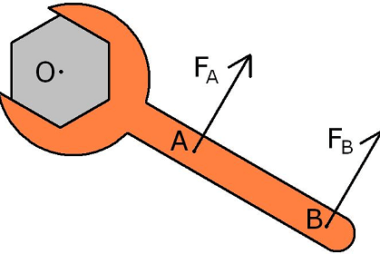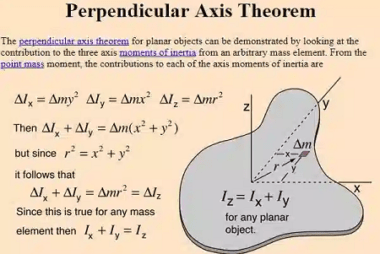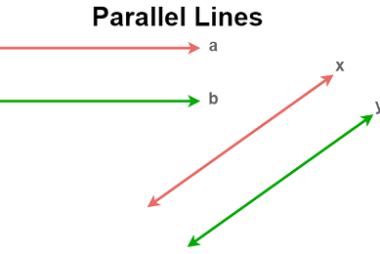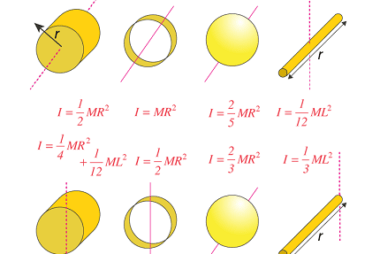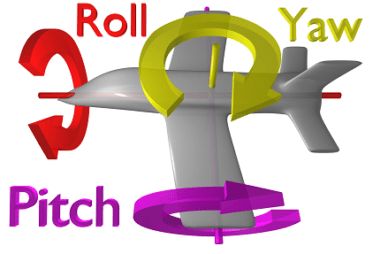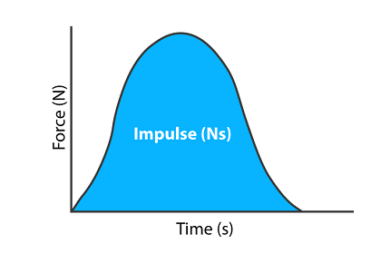Torque
Torque is a measure of the twisting force that an object experiences when a force is applied to it. It is a vector quantity, meaning it has both magnitude and direction. In physics, torque is often denoted by the symbol “τ” and is measured in units of newton-meters (N·m) or pound-feet (lb·ft). Torque is calculated…
